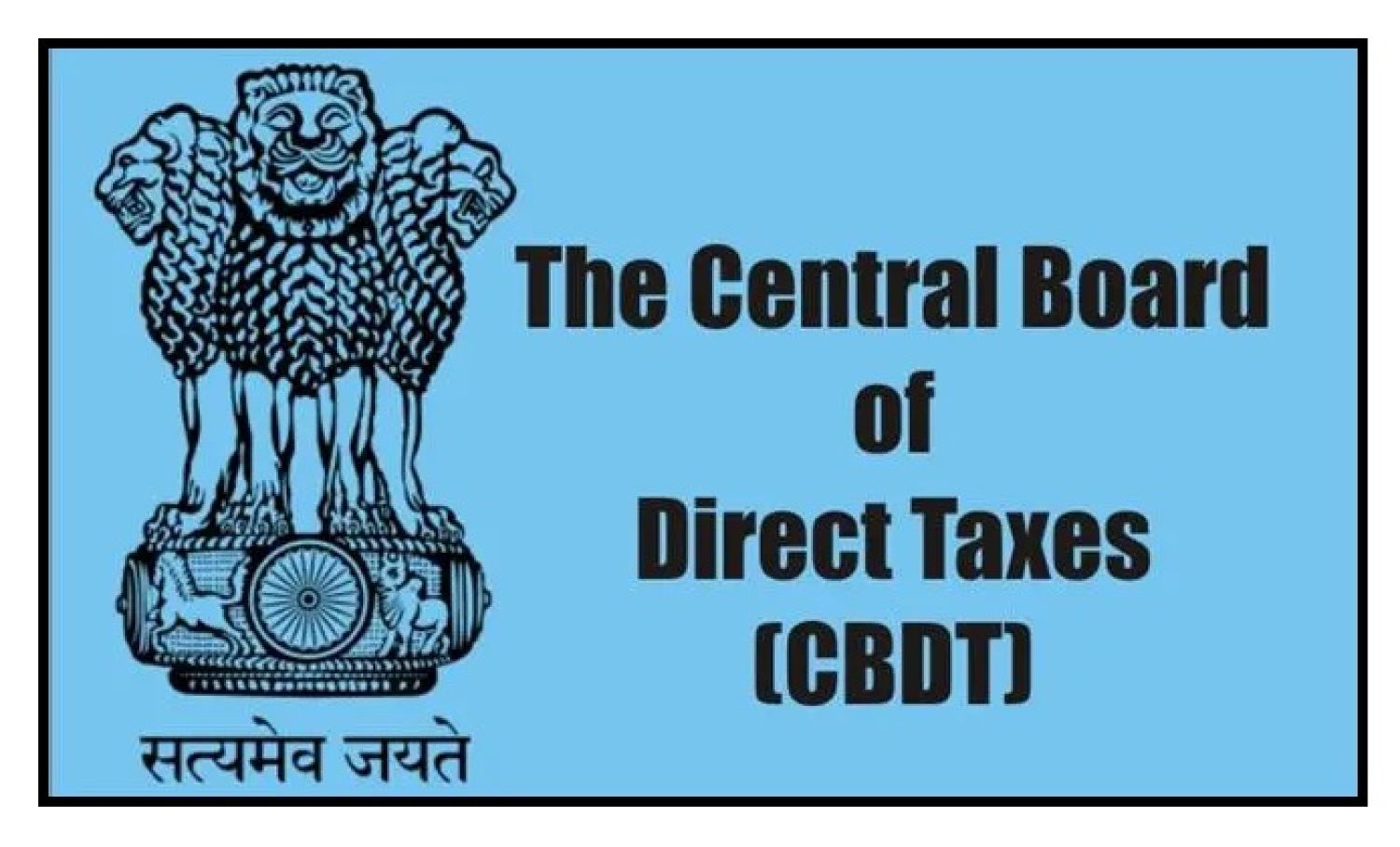K. Kannan, J.@mdashThe revision is against an order allowing an application for amendment sought by the plaintiff in a suit for specific performance on the ground that there were some typographical errors in the initial plaint and hence wanted to include in paragraph 9-A to the existing paragraph 9. The existing paragraph refers to an agreement of sale executed on 9.5.2005, that the first defendant vendor did not act as per the terms of the agreement and that there was a Panchayat held asking the first defendant to execute the sale deed. The plaintiff could aver in the plaint as originally pleaded that he was at the Sub Registrar''s office at the relevant time but the vendor did not turn up. In the amended plaint sought to be made by introduction of paragraph 9-A, there is a reference to the fact of exchange of notices through counsel between the plaintiff and the first defendant and the plaintiff has also given a specific date when the plaintiff had actually turned up at the Sub Registrar''s office when the defendant did not turn up. The amendment does not bring any change in cause of action nor does it introduce any fact which is such as to take the defendant by surprise. It sets out (i) that there was an exchange of notices and ii) it gives a date of the event which was already set out in the plaint that he waited at the Sub Registrar''s office when the first defendant did not appear.
2. These additions brought about is assailed in revision by the subsequent purchaser on a plea that these facts were surely known to the plaintiff at the time when the suit was filed and that it was not merely a typographical error as sought to be contended by introducing wholly a new para. Learned counsel would also refer me to the decision of the Supreme Court in

